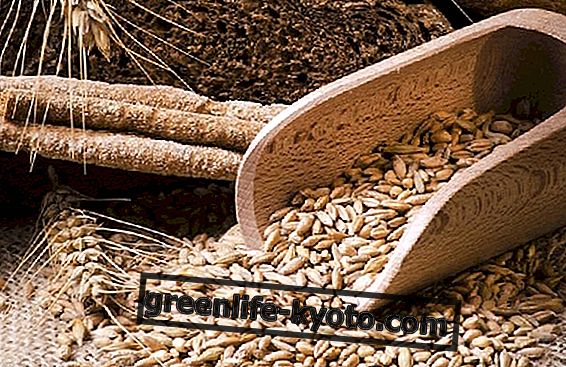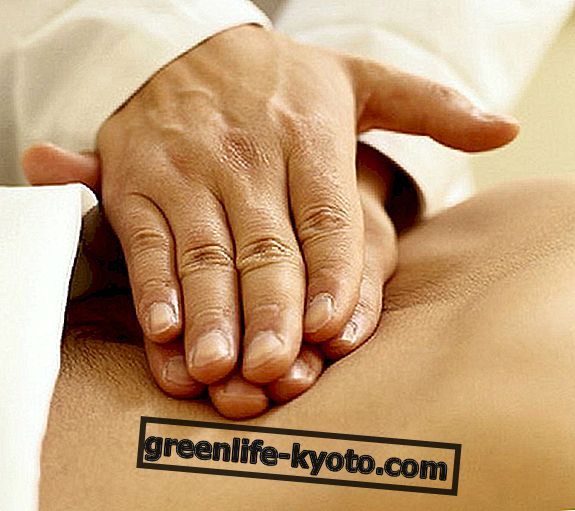
We are used to illustrate in our articles the medical practices of Oriental medicines to share an enormous wealth of knowledge; we expose the most important methods and remedies in order to provide you with some solutions to the small disturbances that sometimes afflict us; we suggest that you embrace some aspects because we believe that they can often collaborate profitably with Western medicine.
However, all this practical baggage needs to be accompanied by a theoretical support that can give it substance and weight. A set of decontextualized procedures could, in fact, confuse about the overall extent of these ancient and for many little-known medical traditions.
Thus, here in simple words and in short the theory of the 5 elements of ayurveda fundamental to understand the entire architecture of the universe according to this medicine.
The theory of 5 major elements in ayurveda
According to Ayurvedic wisdom, all reality is made up of 5 types, elements ( bhutas ) which, by joining together and mixing together, give life to the universe in which we live.
The theory of "5 major elements" ( pancha mahabhuta ) is based on the principle that all 5 are present in a given fragment of reality (microscopic and macrospic) and simply one prevails over the others, determining that manifestation of existence. This conception is also shared by the yoga philosophy and the darshana (vision, system of thought) called Samkya .
The elements we have mentioned are:
- Etere ( Âkâsha ) : it is the element that pervades the whole and is related to space, to emptiness. The most subtle and impalpable, ethereal and shapeless.
- Aria ( vayu ) : represents movement and the word vayu designates the god of wind. The wind that runs, is impalpable and gives oxygen and life to all creation .
- Fire ( agni ) : it is the eternal transformer, the one who burns and destroys. Indicates the explosive, concentrated and powerful force.
- Water ( jala ) : pentrante, primordial, fruitful. Symbol of purification, rebirth and auspiciousness.
- Earth ( prithivi ) : archetype of the Mother, it preserves all life forms on its surface.
From the highest mountain to the structure of the cell, from the complexity of the human body, to the simplest of bacteria they pervade all creation, albeit in different sizes. When the right proportion between these five elements is lost or when the harmony at their base is dissolved, here is disorder, illness, incoherence.
Discover the dainami, the training that is based on the 5 elements of ayurveda
The 5 elements in the human body
It is important to reiterate the concept according to which these 5 elements are not disconnected from man, but constitute it in all its parts. In fact they preside over specific areas of the body and bind us all inextricably to the universe that surrounds us.
Let's see how:
- Ether: inside the body it is present in empty spaces, in the thoracic cavity, in blood vessels, lymphatic, in cellular spaces . His sense is hearing .
- Air: it is connected to breathing and pulsation and is linked to the nervous system and epidermis so its meaning is touch .
- Fire : symbolic fire of metabolism, it is connected with digestion and with any transformative process. Its meaning is sight .
- Water: it is present in secretions, tissues, mucous membranes, plasma. Its meaning is taste.
- Earth: every solid body structure is connected to this element, from the muscles to the bones, to the cartilages. His sense is the sense of smell .
We therefore see that our body is nothing but a micro representation of the universe with which it shares the same matrix; this makes us all interconnected with each other and connected to the reality around us.
Ayurvedic medicine considers the harmony and balance of each element the way to maintain health: ether, air, fire, water and earth interact and collaborate with each other constantly feeding and maintaining the eternal processes of creation, maintenance and key destruction of 'Cosmic balance.
A little taste to whet your philosophical appetite
This small taste of the basic principles of Ayurvedic medicine is not intended as a food for thought and maybe a spur for personal deepening.
The sea of Indian philosophy is very deep and fascinating and we have just touched the surface. We therefore invite you to dive in and discover it from the depths!
Discover the theory of 5 movements in traditional Chinese medicine













